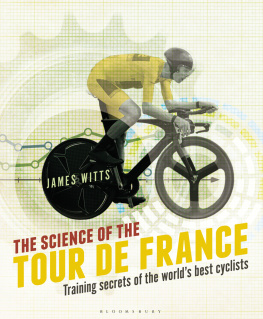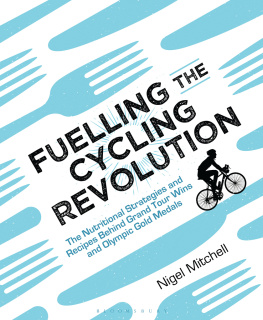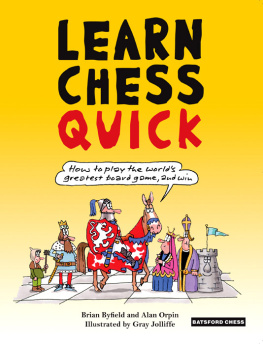A state-of-the-art Airdome, as used by Southampton (pictured), plus the likes of Chelsea and Ajax

Technologys increasing impact on football was felt most explicitly at the 2018 World Cup with VAR
One of the defining features of the 2018 World Cup in Russia happened off the pitch, for this was the tournament of VAR, or the Video Assistant Referee. An evolutionary step from goal-line technology at Brazil 2014, the technical team in Moscow would review incidents from dozens of camera angles and determine whether the referee should reconsider his on-field decision.
I would say to the fans, players and coaches that it will have an impact, a positive impact, said FIFA president, Gianni Infantino, before the tournament. That is what the results of our studies show. From almost 1,000 live matches that were part of the experiment, the level of the accuracy increased from 93 per cent to 99 per cent. Its almost perfect.
Croatia fans might argue otherwise. Ten minutes after Ivan Periic had scored a beautifully executed left-footed equaliser in the final against France, he was judged to have handled the ball from Antoine Griezmanns corner. Initially, the referee, Nstor Pitana, gave a goal kick, only for VAR to alert him that the decision needed to be reviewed on the pitch-side monitor.
Pitana pondered, this former actor still a master of dramatic tension, before signalling with a flourish that hed changed his mind and pointed to the spot. Griezmann stepped up and slotted the ball into the bottom left corner, scoring the first-ever penalty to be awarded thanks to VAR in a World Cup Final. History had been made and the rest is history.
VAR attracted its fair share of critics; it also overturned incorrect decisions for a fairer World Cup. Whats clear is that football, known for its resistance to technical evolution and perpetually reflecting on a rose-tinted past, is now wising up to the benefits of innovation and not just when it comes to refereeing.
Where once a teams support staff comprised the manager, his assistant, a physio and a kit man, now nearly every club features a sports-science department with a far-reaching remit, from developing a greater understanding of how the human body adapts to specific types of training to catering for the specific biomechanical demands of every position. And when I say nearly every club, I mean the full spectrum. Heres a snapshot of staff lists from Englands League Two: Marcus Flitcroft, match analyst, Exeter City; John Lucas, head of fitness and conditioning, Bury FC; Luke Jelly, head of sports science, Lincoln City.
Then, at the other end of the fiscal rainbow, you have a mega-club like Manchester United, who reportedly employ 300 staff at their Carrington training facility, which in itself is a far cry from the Cliff, the sports ground in Salford that they inhabited from 1938 to 2000. While the Cliff slowly developed over the years, it was still little more than a few training pitches of variable quality a gymnasium and a changing room.
Now, United players hone their skills on all-year-round-perfect playing surfaces they can choose from 12 grass and two synthetic numbers before ensuring their expensive limbs remain in equally perfect condition thanks to high-tech screening equipment normally reserved for hospitals. Were talking MRI, CT and ultrasound scanners. (Facilities like these dont come cheap, of course they cost a reported 60 million but United soon recouped the lot and more after a 180 million sponsorship deal in 2013 that changed Carringtons name to the AON Training Complex.)

Nstor Pitana consults with the VAR team in Moscow before awarding France a penalty at the World Cup Final
Todays clubs have experts to help players recover faster, run faster and heal faster, with many qualified up to PhD level. Players are trained for their specific positions within a team based on analysis by sports scientists, who tell the coach how many sprints that role demands, over what distance and at what rate of acceleration. This data-led specificity is symptomatic of the age and is light years away from times gone by.
Take this from Dr Neil Phillips, former medical advisor to Englands Football Association and the England team during the 1960s and 1970s. In the 1950s, lapping around a running track was the sum total of most top players fitness sessions and many of them never saw a ball from one Saturday to the next, the theory being that it made them hungrier to play in a game when you eventually got to kick a ball. Only in 1960 did ball practice become part of training.














